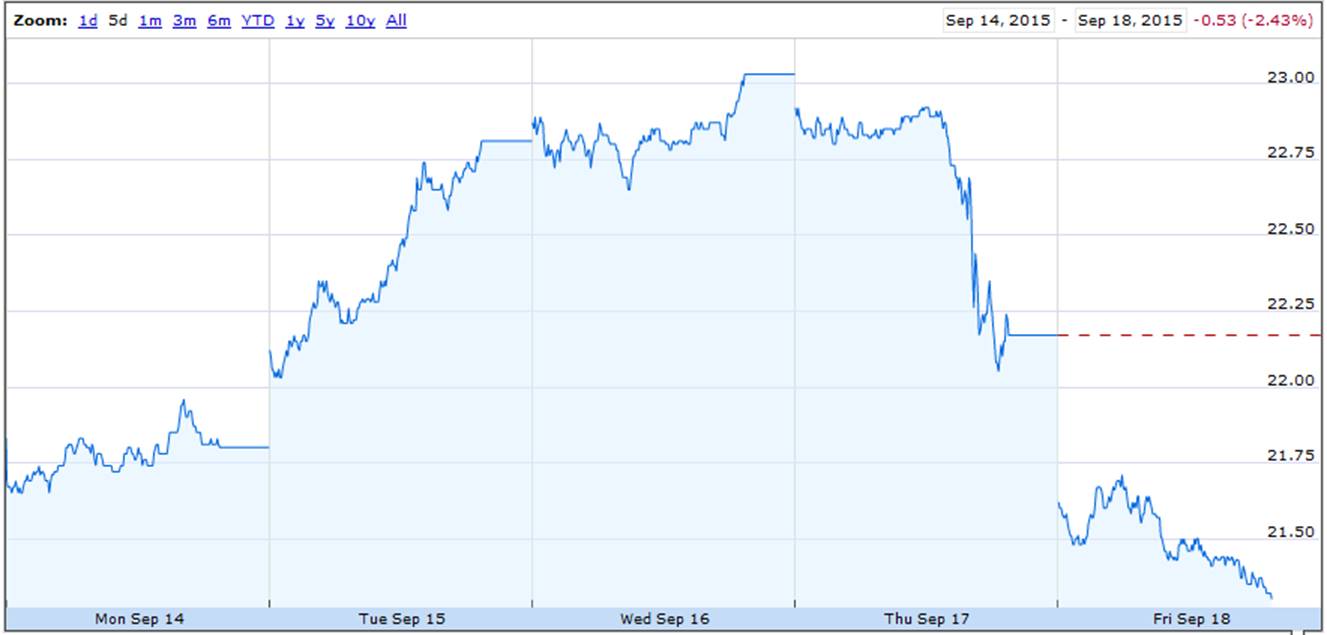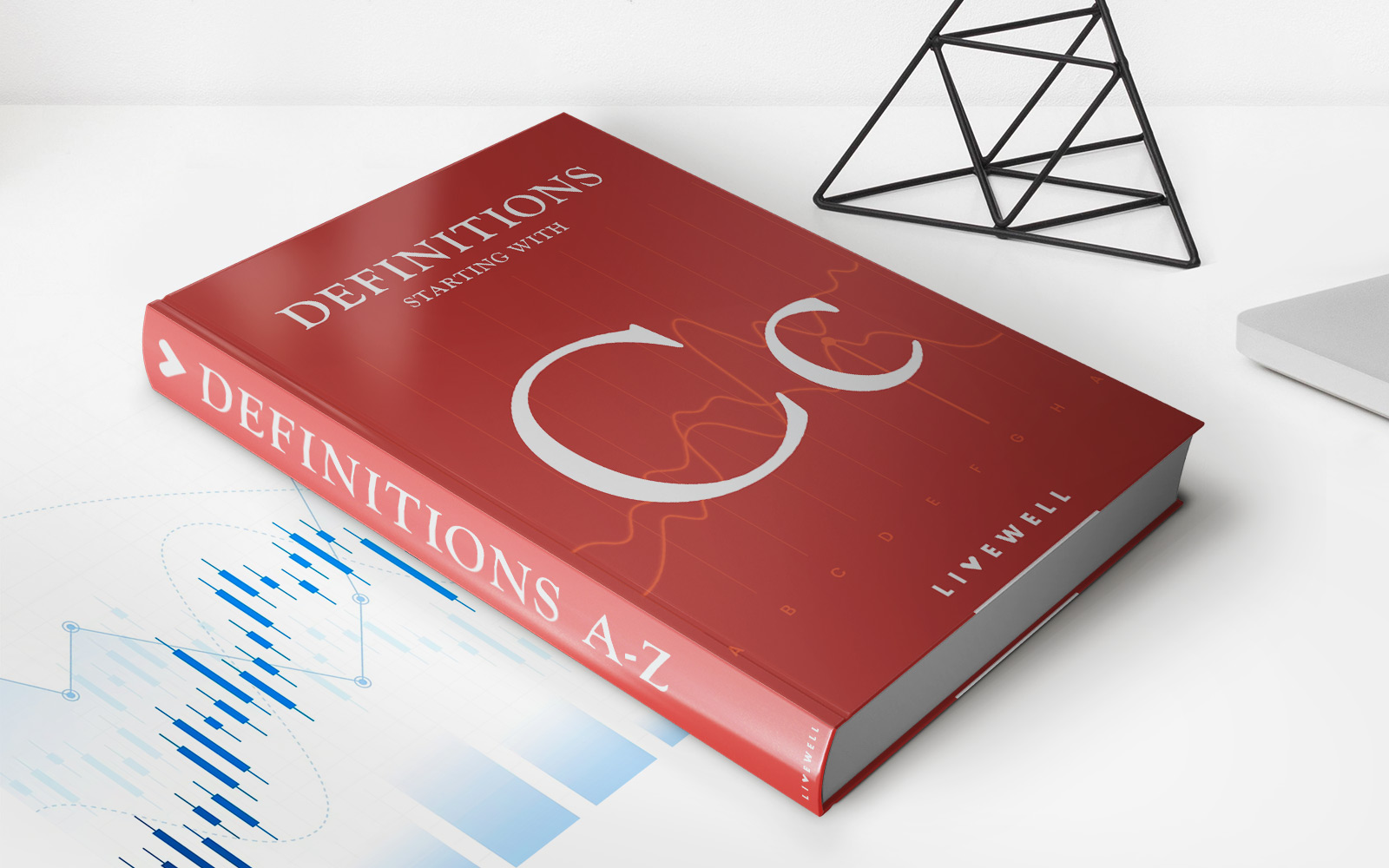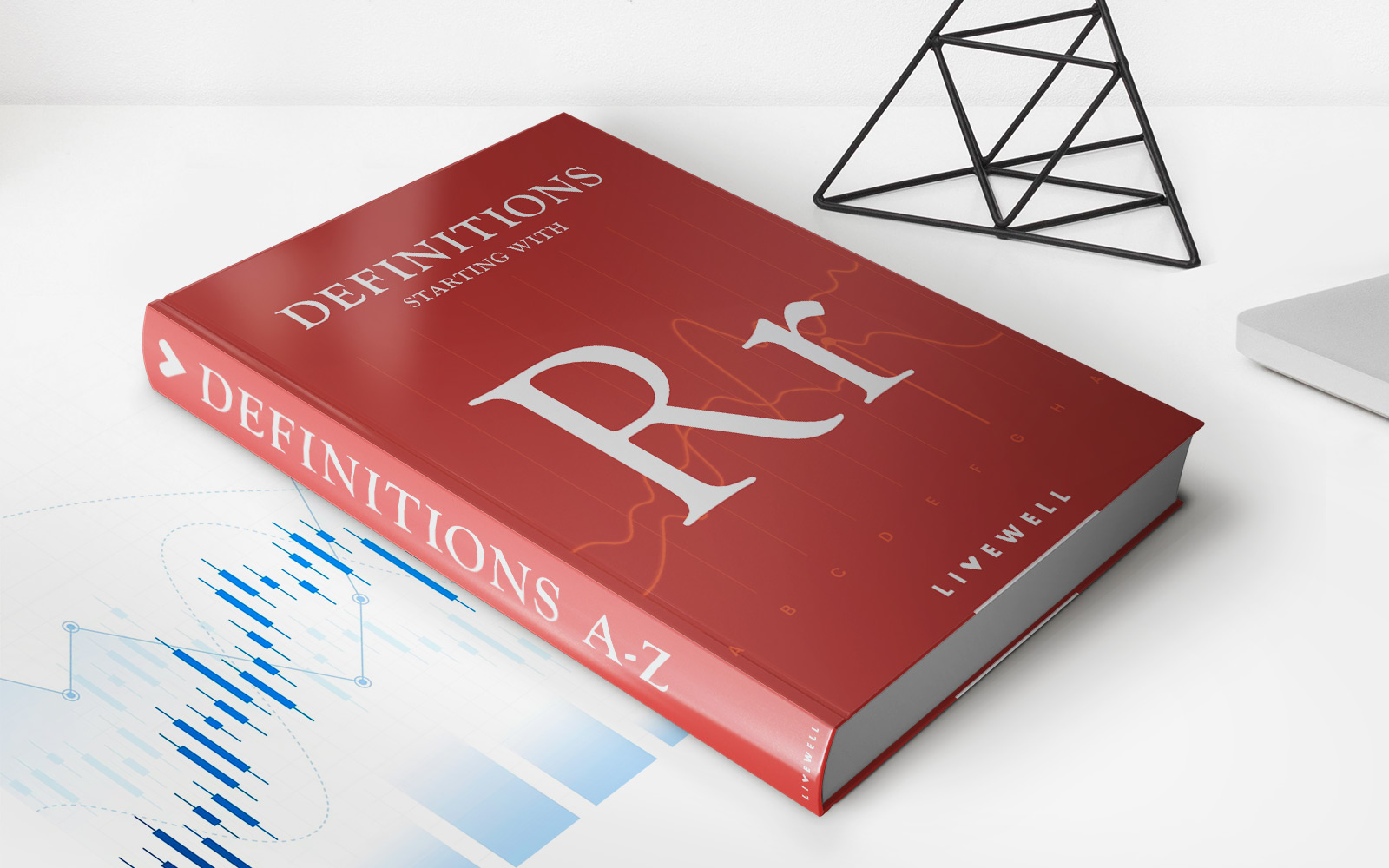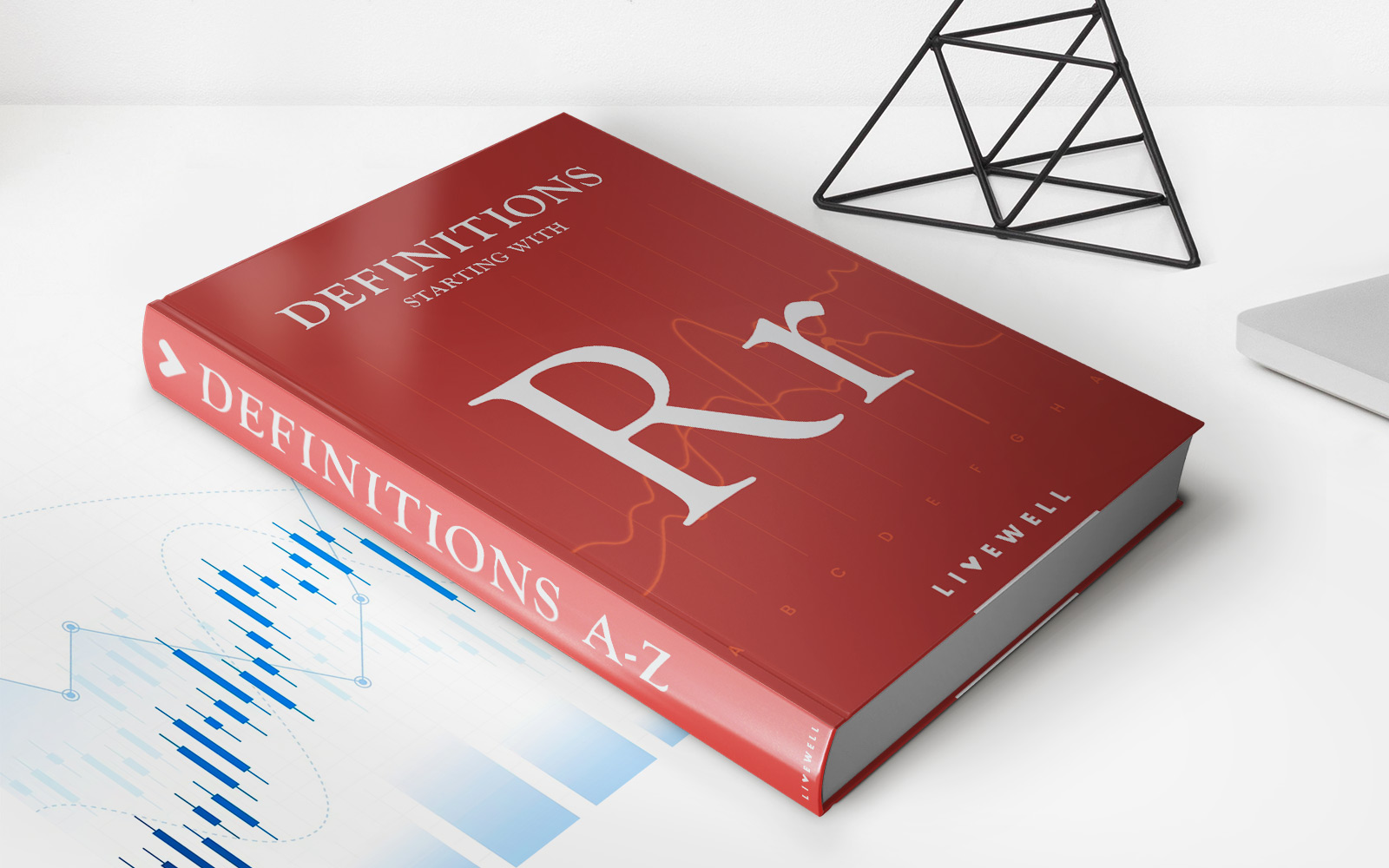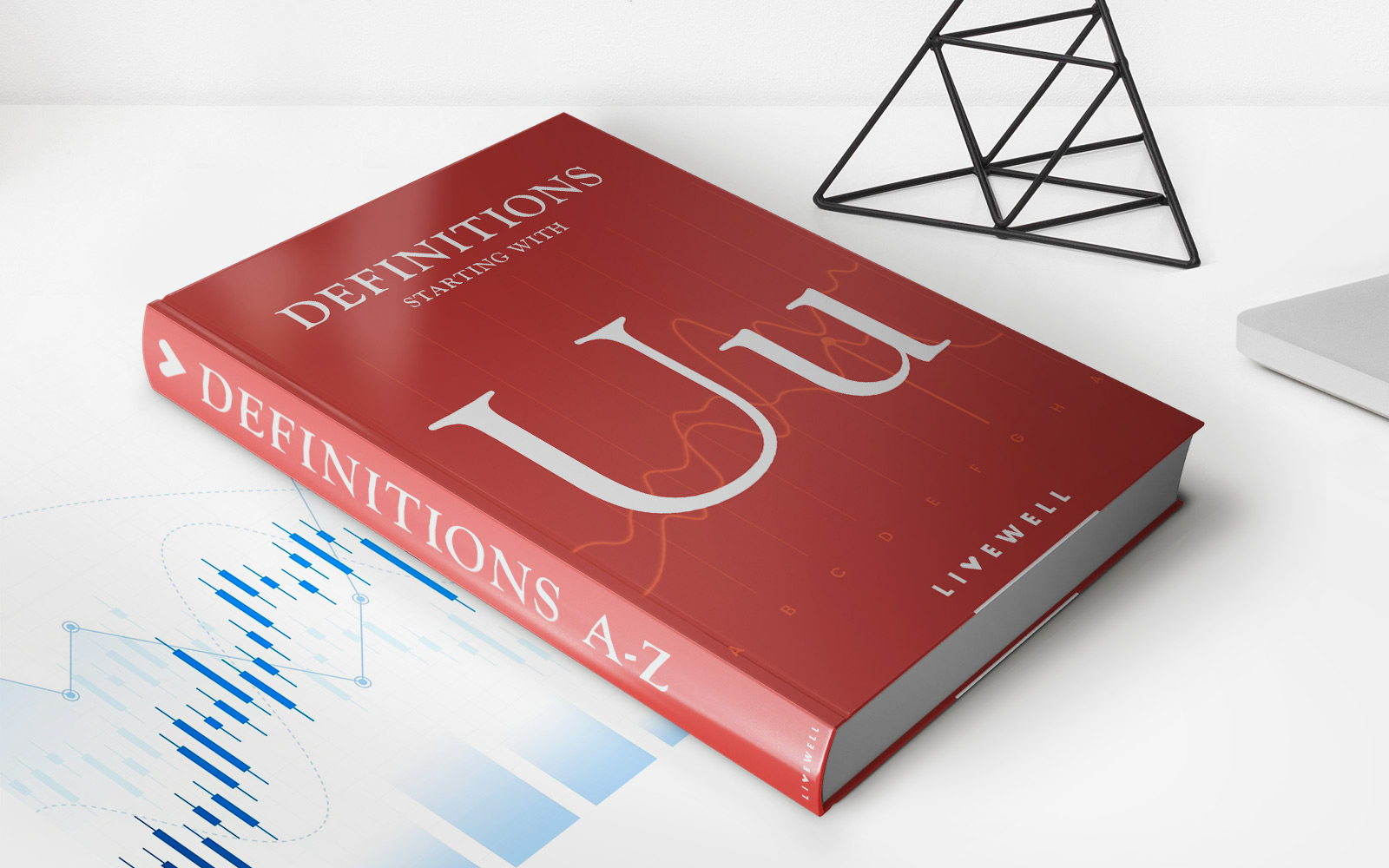Home>Finance>Interest Rate Risk Definition And Impact On Bond Prices
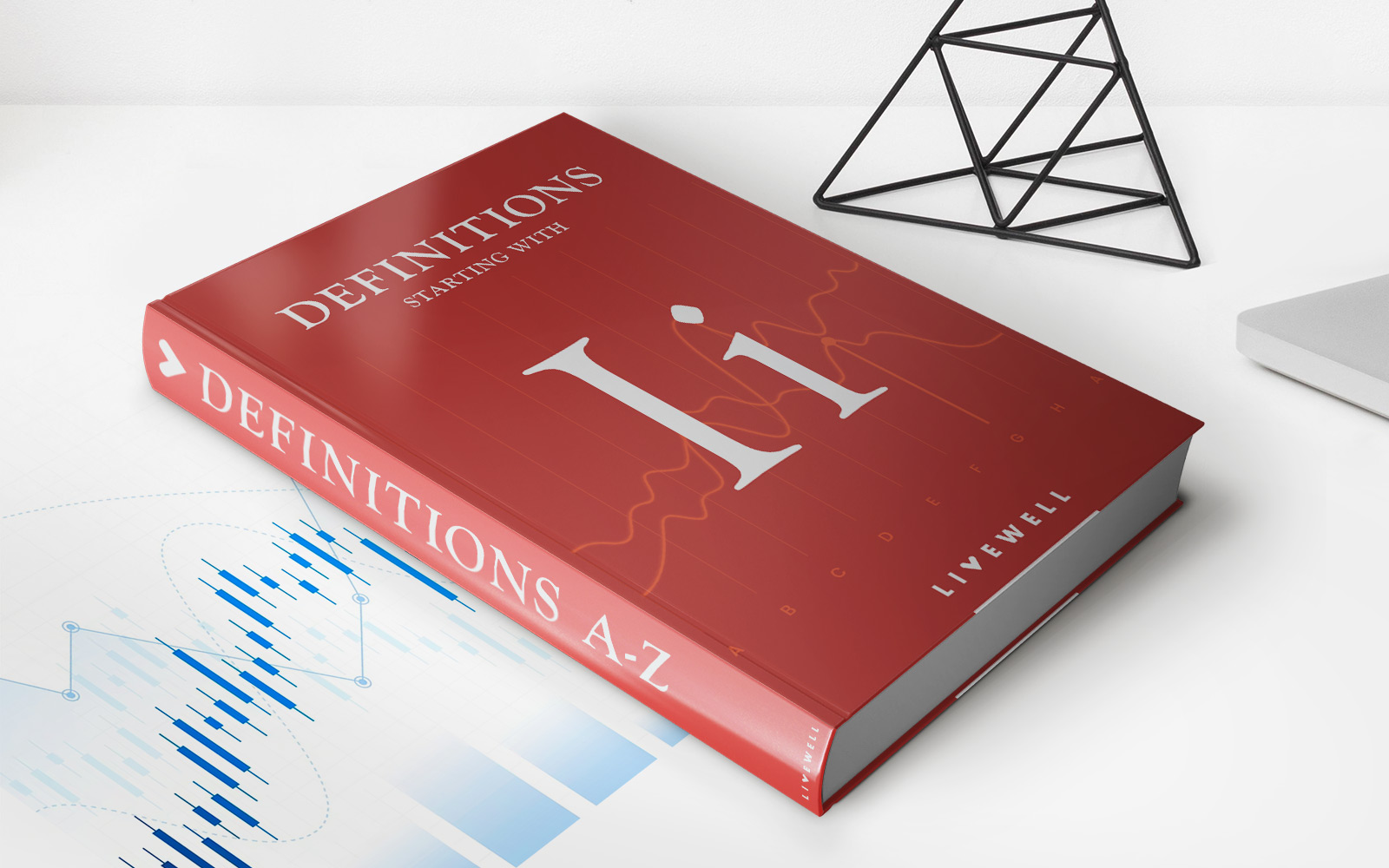

Finance
Interest Rate Risk Definition And Impact On Bond Prices
Published: December 11, 2023
Learn the definition of interest rate risk and its impact on bond prices. Get insights into finance and make informed decisions.
(Many of the links in this article redirect to a specific reviewed product. Your purchase of these products through affiliate links helps to generate commission for LiveWell, at no extra cost. Learn more)
Interest Rate Risk Definition and Impact on Bond Prices
Welcome to our “FINANCE” category where we dive deep into various topics related to financial markets, investments, and more. In this blog post, we will explore the concept of interest rate risk and its impact on bond prices. If you are a savvy investor or simply curious about the dynamics of the financial world, this is a must-read!
Key Takeaways:
- Interest rate risk refers to the potential for a change in interest rates to impact the value of fixed-income investments, such as bonds.
- When interest rates rise, bond prices generally fall, and vice versa.
Now, let’s delve into the details and understand why interest rate risk is an important factor to consider when investing in bonds.
What is interest rate risk?
Interest rate risk can be defined as the potential for the value of a fixed-income investment to change due to fluctuations in interest rates. It primarily affects bonds, as they are one of the most common fixed-income investments.
Interest rates play a crucial role in the pricing and performance of bonds. When interest rates rise, newly issued bonds offer higher yields than existing bonds. This makes the previously issued bonds, which have lower coupon rates, less desirable to investors. As a result, the price of the existing bonds decreases to align with the higher yields available in the market.
How does interest rate risk impact bond prices?
- Inverse relationship: Bond prices and interest rates have an inverse relationship, meaning they move in opposite directions. When interest rates rise, bond prices generally fall, and vice versa. This is because investors demand higher yields when interest rates are higher, making existing bonds with lower coupon rates less attractive. As a result, bond prices decrease to compensate for the reduced demand.
- Maturity effect: The impact of interest rate risk varies based on the maturity (term) of the bond. Generally, long-term bonds are more sensitive to interest rate changes than short-term bonds. This is because the longer the maturity, the more time there is for interest rates to fluctuate, affecting the bond’s value.
- Duration: Duration is a metric used to estimate the approximate change in the price of a bond for a given change in interest rates. Bonds with longer durations are more sensitive to interest rate changes and will experience greater price fluctuations. Investors can use duration as a tool to assess the interest rate risk associated with a bond investment.
Understanding interest rate risk is crucial for investors seeking to make informed decisions about their bond investments. By assessing the potential impact of interest rate changes, investors can manage their portfolio risk effectively and optimize their investment returns.
In conclusion, interest rate risk affects the value of bonds and ultimately impacts investors’ returns. When interest rates rise, bond prices tend to fall, and vice versa. It is essential to consider interest rate risk and its implications when making investment decisions, especially in the bond market.
We hope you found this blog post helpful and informative. Stay tuned for more insightful articles on various finance-related topics. Happy investing!

